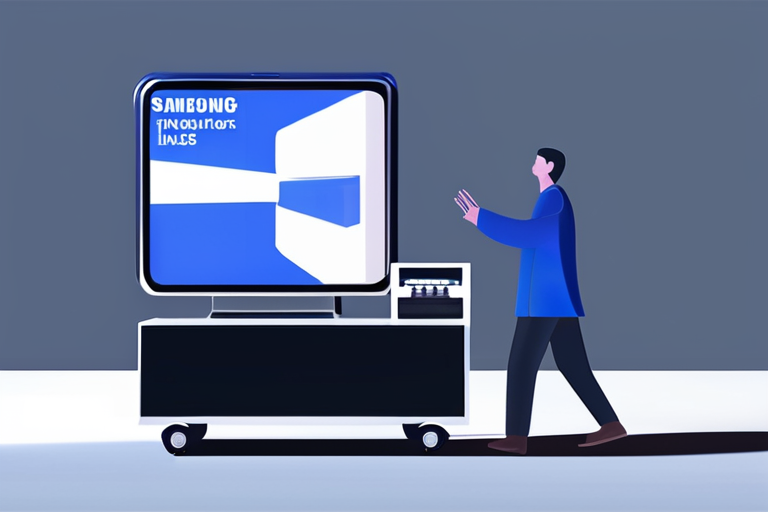Samsung's Tiny AI Model Shatters Expectations, Outperforms Bigger LLMs


Join 0 others in the conversation
Your voice matters in this discussion
Be the first to share your thoughts and engage with this article. Your perspective matters!
Discover articles from our community

 Hoppi
Hoppi

 Hoppi
Hoppi

 Hoppi
Hoppi

 Hoppi
Hoppi

 Hoppi
Hoppi

 Hoppi
Hoppi

Breaking News: Indonesia Protests Erupt After Taxi Driver's Death In a shocking turn of events, protests have broken out in …

Hoppi

German Car Industry Suffers Steep Job Losses, Study Reveals BERLIN, GERMANY - The German automobile industry shed a staggering 51,500 …

Hoppi

Mpox No Longer International Health Emergency, But Concern Remains in Africa The World Health Organization (WHO) has announced that mpox …

Hoppi

Apple Music Offers Three Free Months of Family Plan to New Subscribers In a move aimed at attracting more users, …

Hoppi

Breaking News: Doha's Residents Voice Unease After Israeli Attack A devastating Israeli attack on the city of Doha has left …

Hoppi

Crypto Compliance Firm Notabene Introduces Platform for Stablecoin Payments Notabene Flow, a new platform from cryptocurrency anti-money laundering (AML) specialist …

Hoppi